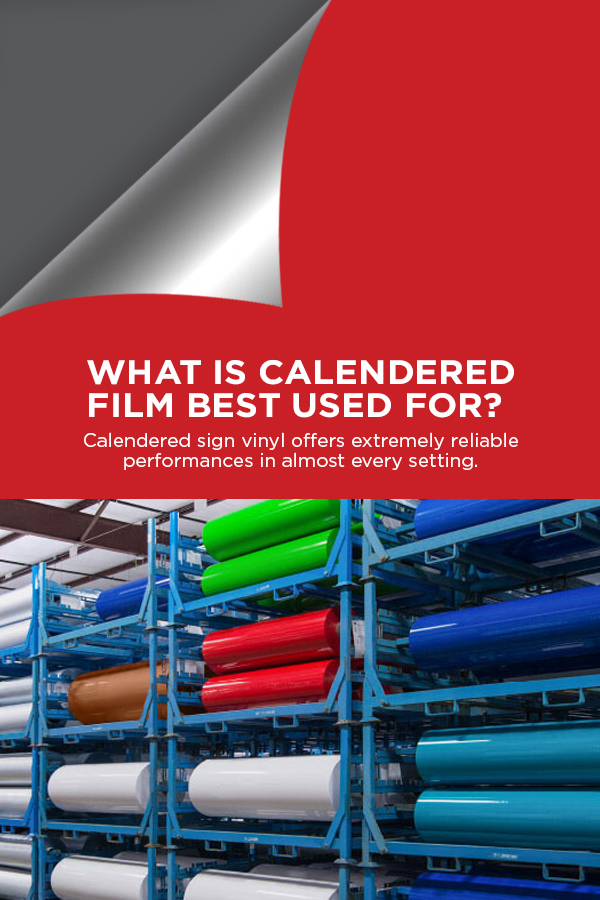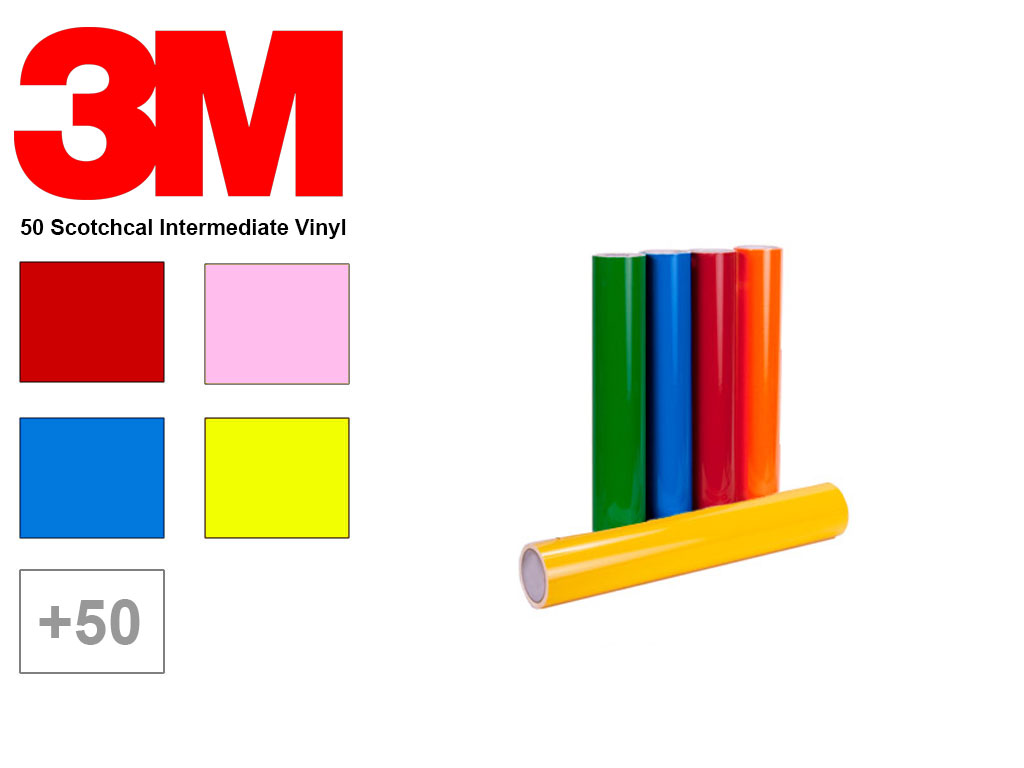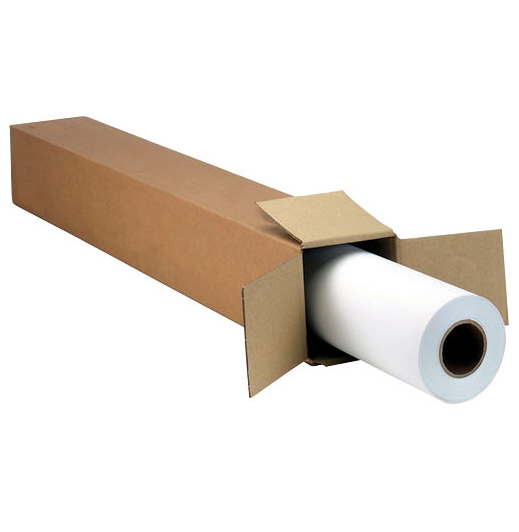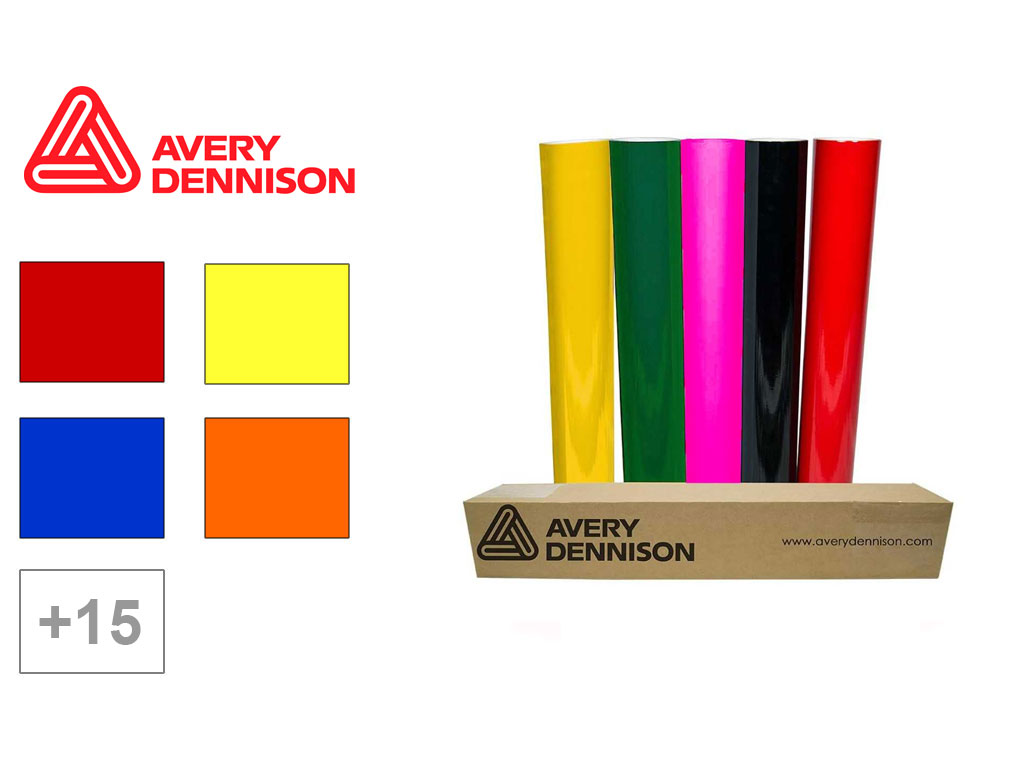What Is Calendered Vinyl
What Is Calendered Vinyl - Calendered vinyl films are best for flat, simple surfaces, while cast vinyl films are more suitable for. Stiffer and thicker film makes for easier handling great performance on flat, simple and moderate curves more economical than cast film; As it cools down, it is passed through rollers to achieve the thickness, width, and texture desired. It can be highly durable in the right environment. Calendered films have a higher resistance to abrasion; When to use cast or. Web calendered vinyl films are typically 2.5 mils to 4 mils thick, while cast vinyl films are usually around 2 mils thick. Production of calendered vinyl uses similar ingredients, which are mixed and melted to a regulated temperature. As with any manufacturing process, there are advantages and disadvantages to each approach. The manufacturing process of calendered vinyl is much faster then that of cast vinyl and this ensures bulk production at a lower cost. Web there are two main ways to produce vinyl films: Calendared vinyl is usually 2.5 mils to 4 mils thick. Web calendered vinyl is a film made from polyvinyl chloride (pvc) that has first been melted. Web definitions of calendered. Web what is calendered vinyl? Calendered vinyl films are best for flat, simple surfaces, while cast vinyl films are more suitable for. As it cools down, it is passed through rollers to achieve the thickness, width, and texture desired. Web calendered vinyl films are typically 2.5 mils to 4 mils thick, while cast vinyl films are usually around 2 mils thick. Web what is calendered. Web calendared vinyl like the name suggests, the product starts as a solid and goes through a series of rollers to flatten it out. It comes in a variety of finishes such as matte, glossy, or clear. It is best for flat, simple surfaces. (of paper and fabric and leather) having a surface made smooth and glossy especially by pressing. As it cools down, it is passed through rollers to achieve the thickness, width, and texture desired. Web calendered vinyl is the type of thick vinyl often seen on individually lettered signs or window signage and can be produced at a number of price points. It is best for flat, simple surfaces. When to use cast or. Cast vinyl is. Referred to as short term, economy, or intermediate films, the product is not conformable and doesn’t stretch as well. It is best for flat, simple surfaces. As it cools down, it is passed through rollers to achieve the thickness, width, and texture desired. When to use cast or. As with any manufacturing process, there are advantages and disadvantages to each. Web what is calendered vinyl? Cast vinyl is thinner and more delicate, but if you think this also means it’s more flimsy, then don’t be fooled. Calendered films have a higher resistance to abrasion; Calendared vinyl is usually 2.5 mils to 4 mils thick. It can be highly durable in the right environment. It comes in a variety of finishes such as matte, glossy, or clear. Cast vinyl is thinner and more delicate, but if you think this also means it’s more flimsy, then don’t be fooled. It is best for flat, simple surfaces. Calendered vinyl films are best for flat, simple surfaces, while cast vinyl films are more suitable for. As with. Web calendared vinyl like the name suggests, the product starts as a solid and goes through a series of rollers to flatten it out. Production of calendered vinyl uses similar ingredients, which are mixed and melted to a regulated temperature. Web there are two main ways to produce vinyl films: Web calendered vinyl is a film made from polyvinyl chloride. The manufacturing process of calendered vinyl is much faster then that of cast vinyl and this ensures bulk production at a lower cost. It comes in a variety of finishes such as matte, glossy, or clear. When to use cast or. This vinyl provides a high level of protection against scratches, scuffs and abrasions due to its thickness. Stiffer and. It is best for flat, simple surfaces. Each of these industrial processes can be used to produce a range of film and sheet products with distinct qualities. The benefits of calendered vinyl are: (of paper and fabric and leather) having a surface made smooth and glossy especially by pressing between rollers. As it cools down, it is passed through rollers. Web calendered vinyl films are typically 2.5 mils to 4 mils thick, while cast vinyl films are usually around 2 mils thick. Web there are two main ways to produce vinyl films: Stiffer and thicker film makes for easier handling great performance on flat, simple and moderate curves more economical than cast film; Production of calendered vinyl uses similar ingredients, which are mixed and melted to a regulated temperature. Each of these industrial processes can be used to produce a range of film and sheet products with distinct qualities. It is best for flat, simple surfaces. Web definitions of calendered. (of paper and fabric and leather) having a surface made smooth and glossy especially by pressing between rollers. Then the mixture is extruded through a die and fed through a series of calendering rolls. The benefits of calendered vinyl are: Calendered films have a higher resistance to abrasion; Web calendered vinyl is a film made from polyvinyl chloride (pvc) that has first been melted. Calendared vinyl is usually 2.5 mils to 4 mils thick. Web calendered vinyl is the type of thick vinyl often seen on individually lettered signs or window signage and can be produced at a number of price points. Cast vinyl is thinner and more delicate, but if you think this also means it’s more flimsy, then don’t be fooled. Web calendered vinyl is made by extruding a heated mixture through calendering rollers. Calendered vinyl films are best for flat, simple surfaces, while cast vinyl films are more suitable for. This vinyl provides a high level of protection against scratches, scuffs and abrasions due to its thickness. It comes in a variety of finishes such as matte, glossy, or clear. Web benefits of calendered vinyl. Web calendared vinyl like the name suggests, the product starts as a solid and goes through a series of rollers to flatten it out. Web calendered vinyl is the type of thick vinyl often seen on individually lettered signs or window signage and can be produced at a number of price points. Web there are two main ways to produce vinyl films: As with any manufacturing process, there are advantages and disadvantages to each approach. The manufacturing process of calendered vinyl is much faster then that of cast vinyl and this ensures bulk production at a lower cost. This vinyl provides a high level of protection against scratches, scuffs and abrasions due to its thickness. As it cools down, it is passed through rollers to achieve the thickness, width, and texture desired. Then the mixture is extruded through a die and fed through a series of calendering rolls. Web definitions of calendered. The benefits of calendered vinyl are: It comes in a variety of finishes such as matte, glossy, or clear. Stiffer and thicker film makes for easier handling great performance on flat, simple and moderate curves more economical than cast film; Referred to as short term, economy, or intermediate films, the product is not conformable and doesn’t stretch as well. Web calendered vinyl films are typically 2.5 mils to 4 mils thick, while cast vinyl films are usually around 2 mils thick. When to use cast or. Web benefits of calendered vinyl.Orajet 3651 3 mil Glossy White Printable Intermediate Calendered Vinyl
Calendered Vinyl Shop Calendered Film Rvinyl
Avery™ HP750 Intermediate Calendered Vinyl
Calendered Vinyl Shop Calendered Film Rvinyl
Calendered Vinyl Shop Calendered Film Rvinyl
4 Mil Calendered Vinyl (Matte) 54" x 164'
Calendered Vinyl Shop Calendered Film Rvinyl
Arlon 5000 24" 6yr. High Gloss Calendered Vinyl Colors
Roland ESMGCVP Glossy Calendered Vinyl, Permanent Adhesive
Avery Dennison® PC500 Promo Calendered Vinyl, Page 2
(Of Paper And Fabric And Leather) Having A Surface Made Smooth And Glossy Especially By Pressing Between Rollers.
Web Calendered Vinyl Is Made By Extruding A Heated Mixture Through Calendering Rollers.
Calendered Vinyl Films Are Best For Flat, Simple Surfaces, While Cast Vinyl Films Are More Suitable For.
Cast Vinyl Is Thinner And More Delicate, But If You Think This Also Means It’s More Flimsy, Then Don’t Be Fooled.









